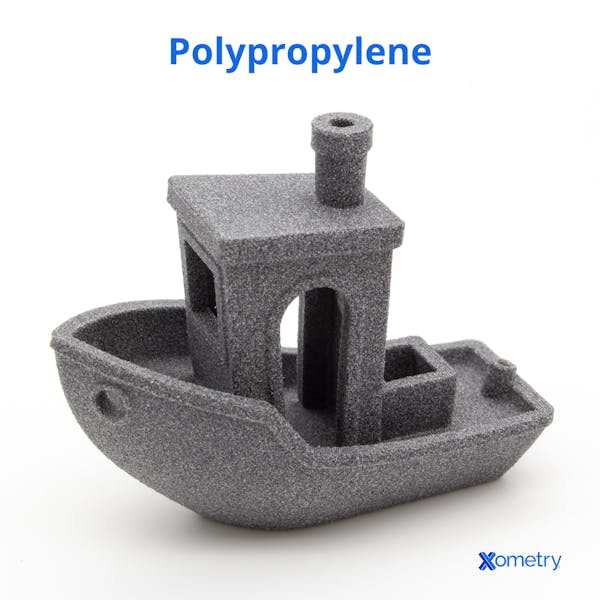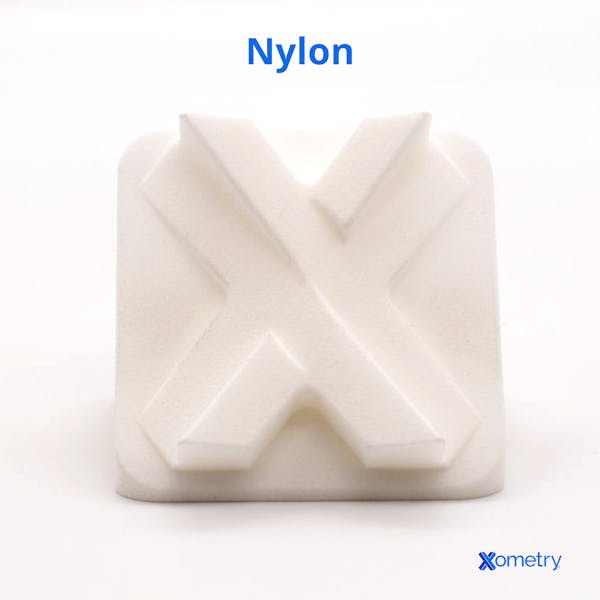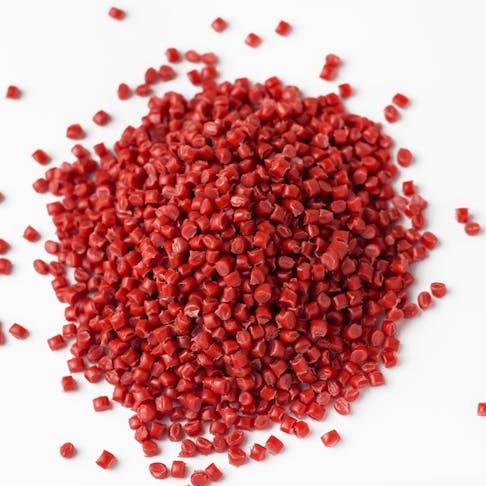Some manufacturing materials share similarities that make them worth comparing in case they work as valuable alternatives to one another. But similar choices may also have you wondering if they have any differences at all.
From a surface-level inspection, it might be hard to pick out exactly what’s so different about them, and this is very much true when it comes to looking at polypropylene and nylon side by side. Although they’re both thermoplastics, they do each have a handful of things that make them unique.
What Is Polypropylene?
Called PP for short, this is a saturated polymer and low-density thermoplastic. Polypropylene is an affordable choice, especially when it comes to selecting materials that have great elasticity, chemical resistance, and toughness. It’s made through an additive reaction that connects monomers and then is polymerized, either through metallocene-catalyzed polymerization or Ziegler-Natta polymerization.
You can see an example of what polypropylene pellets look like in the photo below. These are what’s used to form different products made of this material.

One of the most popular formats you’ll find PP turned into is packaging, whether that’s bags, films, or food storage containers.
What Is Nylon?
Nylon is another thermoplastic and its properties make it a go-to for manufacturers that are looking for elasticity and resistance to chemicals, fungi, and abrasion. Nylon has several different grades it can fall under, including 66, 11, 12, and 46, depending on how long their polymeric chains are.
In the image below, you can see an example of what nylon looks like.

Nylon is used for so many different things—from industrial applications, such as ropes and ties, to popular consumer products like skincare. You can also find it made into strings for guitars and tennis rackets, toothbrush bristles, and fishing line.
Comparing These Thermoplastics
When you’re weighing up these two materials, it’s best to understand how they compare in different respects, from their applications to their costs to their levels of sustainability.
Uses and Applications
Each material has its own perks and benefits that make it worthy of specific scenarios. For instance, you can swap nylon for aluminum in an engine or wrap it around electrical lines thanks to its insulation properties. Polypropylene, on the other hand, can be used in a semiconductor or a car battery because it’s super resistant to water and solvents.
If you were to briefly compare their physical and mechanical differences, you’d find that polypropylene can bend under stress without cracking, has a lower melt viscosity, and is pretty resilient when exposed to wear and tear. Nylon is helpfully malleable and very flexible, making it easier to melt down and mold over and over. Still, they both have their advantages and disadvantages. Tthe following uses are a few examples of what each is used for:
Nylon Applications
- Cable ties
- Electric housing
- Medical implants
- Toothbrushes
- Ropes, ties, and films
- Gloves
- Skincare and beauty product ingredient
- Clothes and undergarments
Polypropylene Applications
- Packaging for shipping
- Food packaging
- Disposable syringes
- Petri dishes
- Single-use cups and utensils
- Automotive parts
- Computer housing
Physical Property Comparison
There are some common characteristics between nylon and polypropylene, and this chart shows how they compare:
| Property | Polypropylene Value | Nylon Value |
|---|---|---|
Property Chemical Resistance | Polypropylene Value Excellent chemical resistance, as diluted bases and acids don’t react with PP. | Nylon Value Good chemical resistance—nylon is resistant to gasoline, mineral spirits, oils, and some alcohols. |
Property Tensile Strength | Polypropylene Value 25–40 MPa | Nylon Value 50–90 MPa |
Property Impact Tolerance | Polypropylene Value High | Nylon Value High |
Property Water Absorption | Polypropylene Value PP only absorbs a tiny amount of moisture, usually 0.01% of its weight in water after 24 hours. | Nylon Value 0.30–7.0% by weight |
Property Surface Hardness | Polypropylene Value 92 HRR (Rockwell R) | Nylon Value 100–120 (Rockwell R) |
Property Operating Temperature | Polypropylene Value <180 ℉ | Nylon Value -70–250 ℉ |
Property Melting Temperature | Polypropylene Value 327 ℉ | Nylon Value 374–460 ℉ |
Physical Property Comparison Between Nylon and Polypropylene
Cost Comparison
For the most part, both of these materials aren’t expensive to purchase or difficult to find, but they do have some slight differences in pricing. Looking at exact average prices, you’ll see that polypropylene tends to be a little more expensive than nylon—around $1.3 per kilogram for the former and $2.4 per kilogram for the latter. That said, both stand out as inexpensive options compared to other types of thermoplastics out there on the market.
Recyclability and Sustainability Comparison
As with almost any plastic, polypropylene and nylon aren’t necessarily “sustainable” or great for the environment. You can recycle both, but they use up lots of energy during creation and they can break down into microplastics. However, when you compare them, PP tends to be more sustainable in a sense as it doesn’t require as much energy to make as nylon does, and it’s biodegradable, whereas nylon isn’t. As far as health hazards go, PP hasn’t been found to cause concerns for humans.
Alternative Materials
You’ll find that these materials are useful for injection molding, but there are other alternatives to consider if nylon or polypropylene don’t offer exactly the right properties:
- Cyclic Olefin Copolymer (COC): If it’s rigidity and strength you need, this copolymer is a great alternative, especially since it absorbs extremely little water and is resistant to chemicals.
- Acrylonitrile Styrene Acrylate (ASA): For high levels of resistance to UV radiation, heat, moisture, and cracking, you can look to ASA over nylon and polypropylene.
- Polycyclohexylenedimethylene Terephthalate (PCT): PCT works wonders when it comes to top-tier electrical insulation and chemical resistance. It’s also great if you need structural stability when exposed to light and different temperatures.
How Xometry Can Help
When you’re looking to manufacture and process either nylon or polypropylene, you’ll find we have services that cater to both these materials here at Xometry. For nylon-based services, you can get a free quote for nylon 3D printing, nylon CNC machining, and nylon injection molding, and you can do the same for polypropylene, with our polypropylene 3D printing and polypropylene CNC machining services.
Disclaimer
The content appearing on this webpage is for informational purposes only. Xometry makes no representation or warranty of any kind, be it expressed or implied, as to the accuracy, completeness, or validity of the information. Any performance parameters, geometric tolerances, specific design features, quality and types of materials, or processes should not be inferred to represent what will be delivered by third-party suppliers or manufacturers through Xometry’s network. Buyers seeking quotes for parts are responsible for defining the specific requirements for those parts. Please refer to our terms and conditions for more information.


